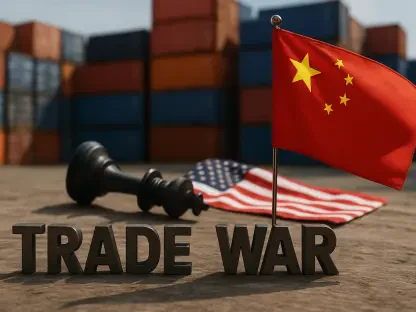President Donald Trump’s upcoming announcement to introduce new tariffs on foreign imports, being touted as “Liberation Day,” seeks to create parity between U.S. import duties and those other countries impose on American goods. These measures are intended to boost American manufacturing by making foreign products more expensive, but they also bring considerable uncertainty to businesses and financial markets.
Experts highlight that businesses remain unsure about which countries will face tariffs and how high these new duties will be. This unpredictability affects investment and hiring decisions, leading to economic caution. The trade policy shifts signify a long-term rethinking of the global trading system, which could disrupt the established trade landscape for years.
Specific sectors such as pharmaceuticals, copper, and lumber are likely targets for upcoming tariffs, which may disrupt global supply chains and impact domestic industries. Additionally, using tariffs as a negotiation strategy keeps other countries in suspense, potentially giving the U.S. leverage but extending uncertainty for American businesses.
The Economic Policy Uncertainty Index remains elevated, signaling heightened concerns about economic stability. Companies like World Emblem and Emerald Packaging demonstrate that decreased investments, price hikes, and a focus on retaining cash reserves are common among businesses bracing for tariff changes.
Economists warn that ongoing uncertainty could reduce economic growth by approximately 1% over several quarters, with further reductions if the uncertainty persists. The Trump administration plans to comprehensively review global trade policies, including subsidies and tax practices of other countries, which could prompt additional trade actions.
In summary, while Trump’s tariff announcements aim to recalibrate U.S. trade relationships, they inject significant uncertainty into the economic landscape. Businesses are likely to remain cautious, prioritizing adaptability and financial flexibility until clearer policies emerge. This strategy might affect long-term economic growth and necessitate extended periods of strategic adjustment.









